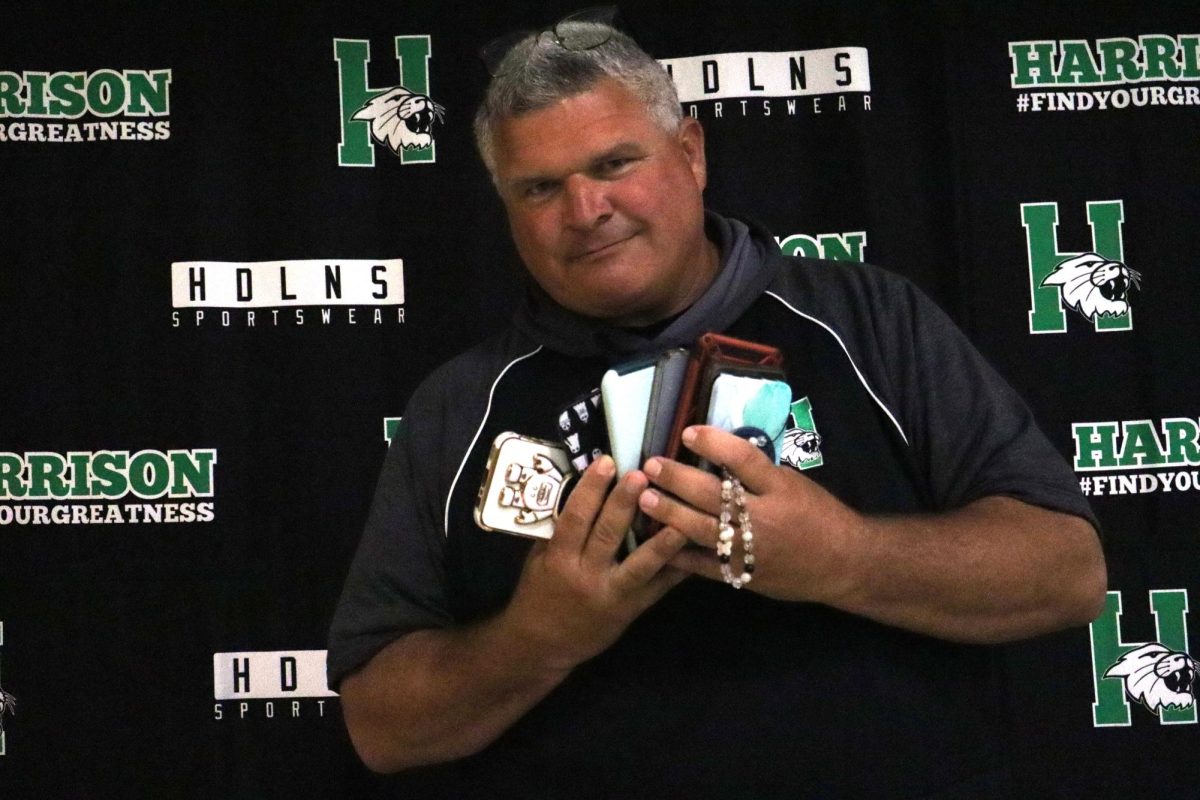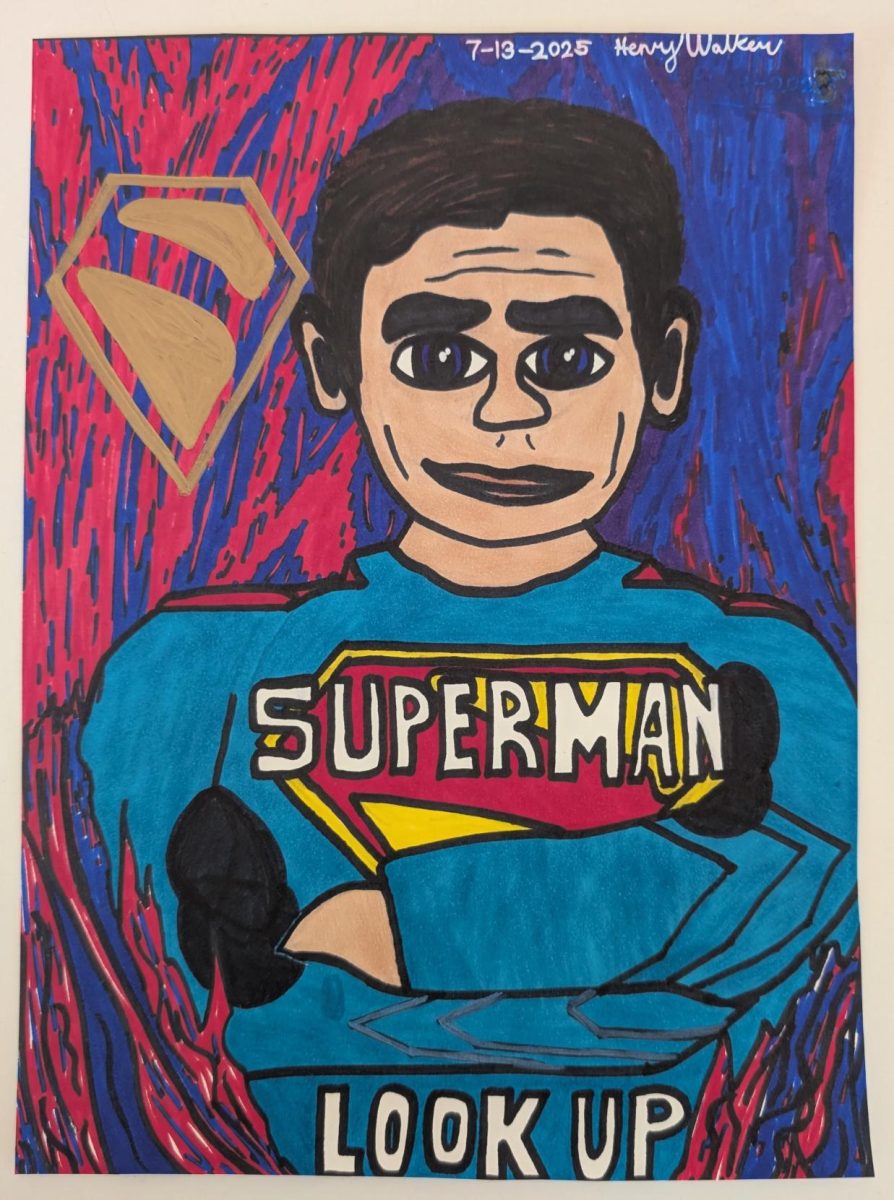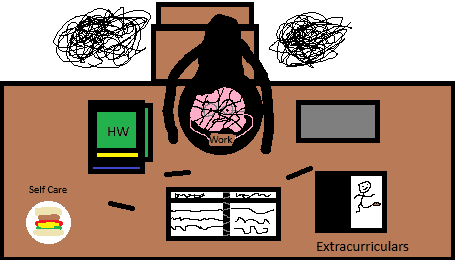The landscape of student mental health at Harrison High School has changed significantly since the re-launch of Hope Squad this school year. After a brief break, the peer-led mental health initiative is making a positive impact by supporting students and creating an environment of kindness and connection. But what is its role, growth, and its effects on the school community?
Sandy Kauffman, the school’s mental health specialist, explains that Hope Squad trains its members to recognize signs of mental health struggles, especially suicidal thoughts. Members are trained in QPR (Question, Persuade, Refer), a technique that helps them intervene when peers are in distress. However, Kauffman emphasizes that Hope Squad’s role is not just crisis intervention.
“Hope Squad is also working to change the culture of our school,” she says, “we want to create an environment where students feel comfortable asking for help and where kindness and positivity are the norm.”
Though it’s still early, Hope Squad’s impact is already showing. Students are becoming more open about mental health, and the school’s culture is shifting towards greater understanding and support.
One of the biggest advantages of Hope Squad is its peer-led structure. Studies show that students are more likely to talk to their peers than to adults when facing mental health struggles. Hope Squad members serve as a vital link to adult help, making it easier for students to seek support.
Hope Squad’s work is helping to reduce the stigma surrounding mental health and fostering a culture of support among students.
Maria Forsthoefel, the Hope Squad teacher, believes that the program’s success comes from a combination of the community’s efforts and Hope Squad’s work. “The program works because it’s supported by the whole school,” she says. “We’re creating a supportive environment, and Hope Squad is a big part of that.”
Maria Forsthoefel also shared her thoughts on the school’s recent suicide prevention assembly. She said that she thinks it was very successful and was able to make a positive impact on students during the suicide prevention assembly. In the future, Forsthoefel hopes that the club can continue educating students about suicide prevention and self-care.
Another benefit of Hope Squad becoming a class is that it allows for more time to teach the curriculum. “Having a class makes it easier to focus on the lessons, and we can go more in-depth,” Forsthoefel explains. “It gives us the time we need.”
While Hope Squad has made significant progress this year, there are still more steps to take. Sandy Kauffman hopes to expand the mental health resources available to students, including increasing the number of in-house therapists.
“I’d love to see Hope Squad grow even more and reach even more areas of the school,” she says. “In the future, I hope they can expand into the community and connect with the Junior High Hope Squad to create a unified, district-wide support system.






























